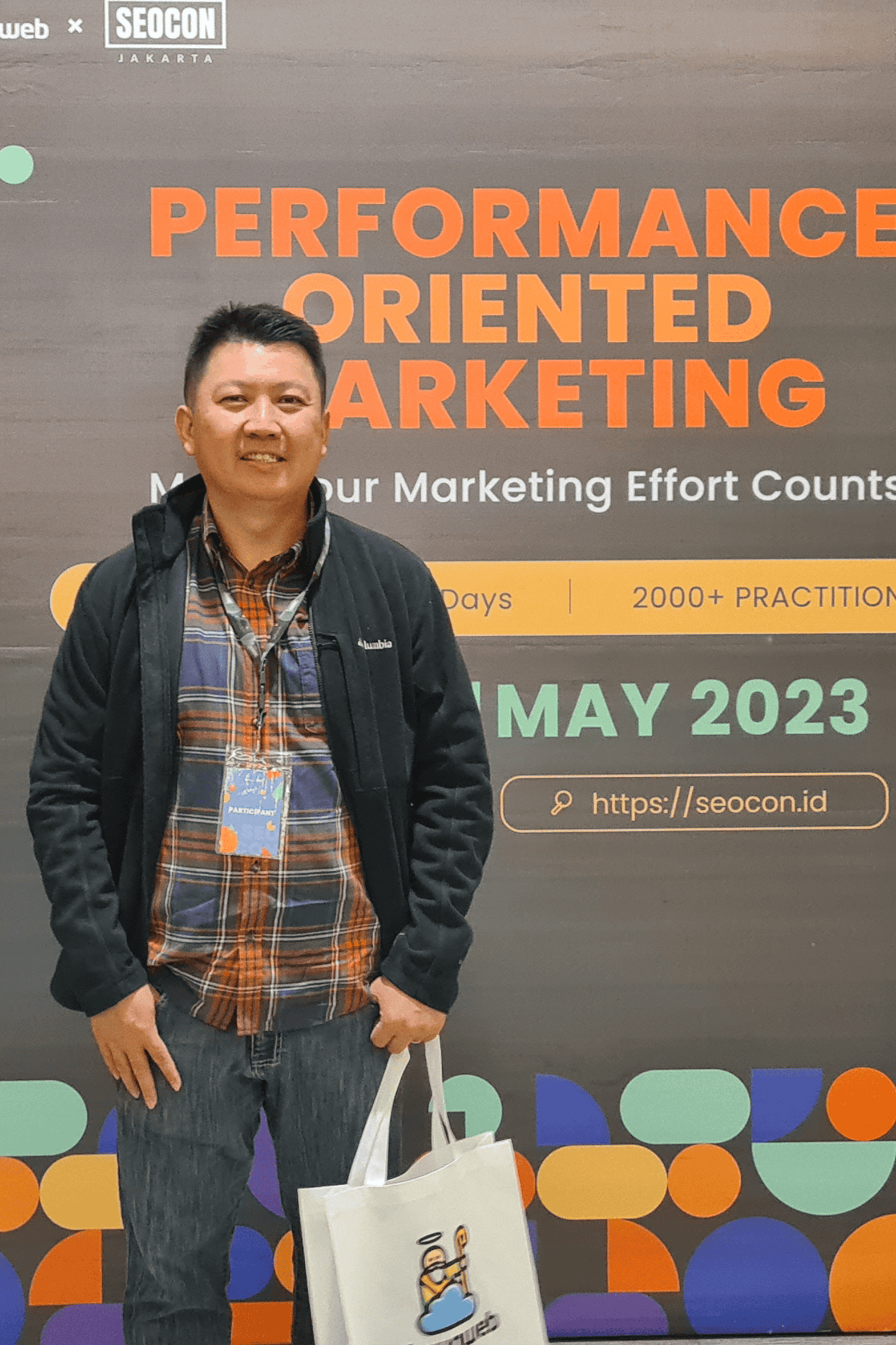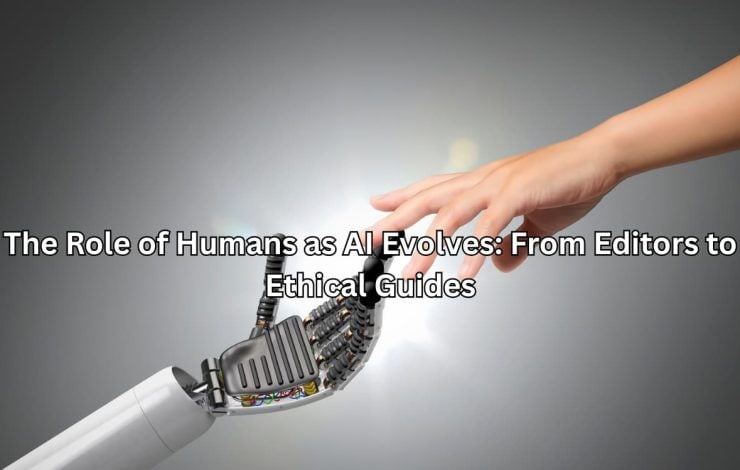Human editors aren’t going extinct, they’re just adding new tools to their belt. While AI churns out first drafts at lightning speed, it’s the editors who shape that raw material into something worth reading.
These days, editors split their time between traditional tasks (catching errors, tightening prose) and new ones, like spotting AI’s weird quirks and fixing its tone-deaf moments. Sure, they need to know their way around AI writing tools, but the real skill is knowing when to trust the machine and when to trust their gut.
It’s a tricky balance, and there’s no playbook for it yet. Want to know what this means for editing’s future? Keep reading.
Key Takeaways
- A decent editor these days needs to know their way around ChatGPT and its cousins, right down to writing prompts that don’t make the AI go off the rails.
- While machines can string words together, they can’t match a human editor’s instinct for what sounds real and what sounds like it came from a corporate handbook.
- Smart editors don’t fight the tech wave, they ride it, picking up new skills as fast as Silicon Valley churns out updates.
Core Skills of Human AI Editors in 2025 and Beyond
Working at Jet Digital Pro feels like watching the future unfold in real time. Gone are the days when fixing commas and smoothing sentences was enough, editors now juggle tech skills with old-school gut instincts, and there’s no looking back.
AI Literacy and Prompt Engineering: Understanding AI Capabilities, Limitations, and Effective Instruction Crafting
Nobody’s born knowing how to work with AI. The trick is figuring out what these tools can (and can’t) do, then speaking their language well enough to get something useful back. Editors who’ve been around the block know that vague instructions lead nowhere, you might as well ask a cat to fetch.
When an editor tells AI to “write something about cars,” they’ll get car-shaped word soup. But ask it for “a 2000-word comparison of electric vs. gas engines focusing on environmental impact and running costs,” and now we’re talking.
The best editors treat AI like a smart but literal-minded intern. They break down tasks into bite-sized pieces, spell out exactly what they need, and always double-check the work.
They’ve learned the hard way that AI can pick up bad habits from its training data, biases, outdated facts, even flat-out wrong information. It’s the kind of reality shaping the future of human-AI content editors, where precision in instruction becomes just as important as traditional editorial instincts. [1]
Editorial Judgment and Critical Thinking: Applying Contextual Interpretation and Fact-Checking to AI Outputs
AI writes fast, sure, but speed isn’t everything. These programs don’t understand office politics, can’t read the room, and wouldn’t know cultural sensitivity if it bit them. That’s where human editors earn their keep. They catch those moments when AI suggests congratulating someone on a holiday they don’t celebrate, or uses examples that might fly in Seattle but would bomb in Singapore.
Context is king, and AI’s still learning to crawl in that department. Good editors know their audience inside and out, what makes them tick, what ticks them off, and what keeps them reading.
They spot when AI’s churning out corporate robot-speak instead of words actual humans would use. Sometimes that means starting from scratch, sometimes it’s just tweaking a few phrases. Either way, it’s about making sure the final product sounds like it came from a person, not a program.
Creativity and Authentic Voice Preservation: Enhancing Content Uniqueness and Emotional Resonance
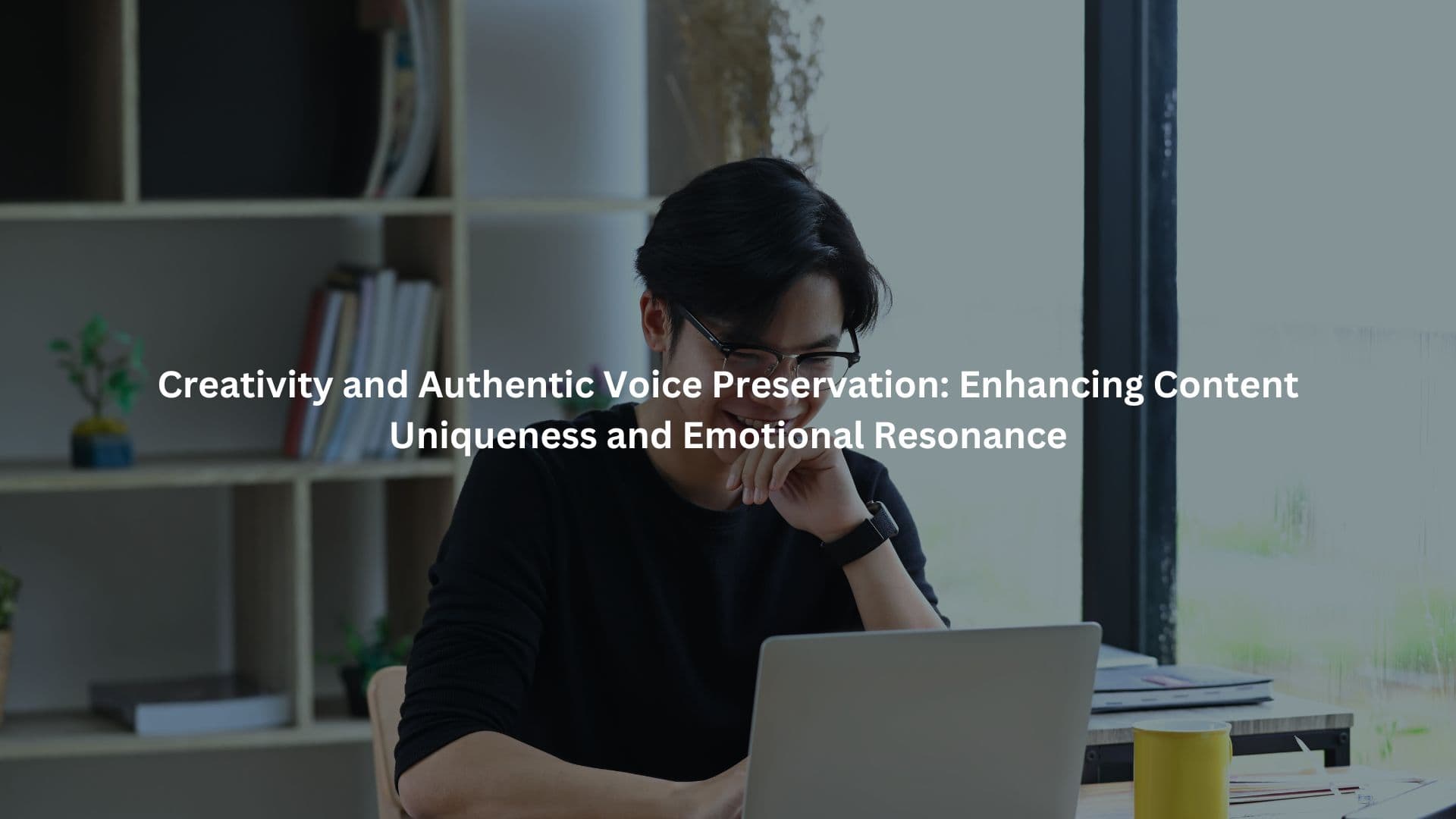
Let’s face it, most AI writing sounds like it came from the same corporate handbook. It’s got all the personality of a tax form, which is why editors need to roll up their sleeves and get creative. At Jet Digital Pro, we’ve seen how a few well-placed tweaks can transform robot-speak into something people actually want to read.
Sometimes it’s as simple as throwing in a pop culture reference that makes sense, or swapping out those stiff transitions AI loves (“moreover,” “furthermore”) with something that doesn’t sound like it was written by your grandmother’s lawyer. The best editors know when to let AI do the heavy lifting and when to step in with their own creative touches, maybe a joke here, a clever comparison there.
Think of it like seasoning a dish, AI gives you the basic ingredients, but editors add the spice that makes it memorable. They’re not afraid to chuck out AI’s suggestions when inspiration strikes, mixing hard data with the kind of storytelling that keeps readers scrolling past their bedtime.
Ethical Sensitivity and Cultural Awareness: Ensuring Responsible and Inclusive Content
AI doesn’t know when it’s being offensive, it just repeats patterns it’s seen before. That’s why editors need sharp eyes and sharp minds to catch those moments when the machine’s showing its bias. Maybe it’s suggesting all nurses are women, or describing a neighborhood in ways that make people cringe. These aren’t always obvious problems, they can be subtle as a whisper, but just as harmful.
Good editors don’t just spot these issues, they fix them. They know their readers come from all walks of life, and they make sure nobody feels left out or talked down to. It’s not about being politically correct (that term needs to retire anyway), it’s about writing for the real world where people are, you know, actually different from each other.
Setting rules about what’s okay and what’s not helps keep everyone on the same page. When readers trust you to get this stuff right, they stick around. When you mess it up, they’re gone faster than free coffee at a morning meeting. [2]
Adaptability and Continuous Learning in Human AI Editing
The AI landscape doesn’t stand still, so editors can’t either. Staying current with emerging tools and techniques is crucial for maintaining relevance and efficiency.
Technical Skill Updating: Mastering New AI Tools and Features
New AI capabilities appear nearly every month, from improved language models to integrated analytics platforms. Editors benefit from experimenting with these tools to understand their strengths and quirks.
We encourage learning basics of programming or scripting because it allows deeper customization and troubleshooting. For example, knowing how to tweak API calls or automate repetitive tasks can save hours and improve output quality.
Integrating AI tools seamlessly into editorial workflows is a must. This might mean using AI for initial drafts, fact-checking, or SEO optimization, then layering human edits on top. The key is balancing speed with quality.
Workflow Evolution: Balancing Human Insight with AI Efficiency
AI can automate routine tasks like error detection or summarization, freeing editors to focus on creative refinement and strategic planning. This division of labor maximizes productivity without sacrificing depth.
Collaborative platforms that combine AI assistance with human oversight are emerging as standard practice. Editors review AI suggestions in real time, adjusting or rejecting as needed to maintain narrative coherence.
This evolving workflow also demands soft skills like communication and teamwork, as editors coordinate with AI developers, writers, and clients.
Professional Development: Cultivating Hybrid Editorial Skill Sets
The ideal editor blends AI literacy with traditional editorial expertise. This hybrid skill set is cultivated through ongoing education, online courses, workshops, and hands-on projects. Closing this skill gap for human AI editors isn’t just about technical training, it also demands resilience, adaptability, and creativity.
Emotional intelligence and empathy grow in importance as AI handles more mechanical aspects. Editors interpret audience reactions, cultural trends, and social nuances to keep content relevant and engaging.
Long-term career success depends on embracing lifelong learning and adaptability to new editorial challenges and technologies.
Emerging Human-AI Collaboration Models: Redefining Editorial Roles
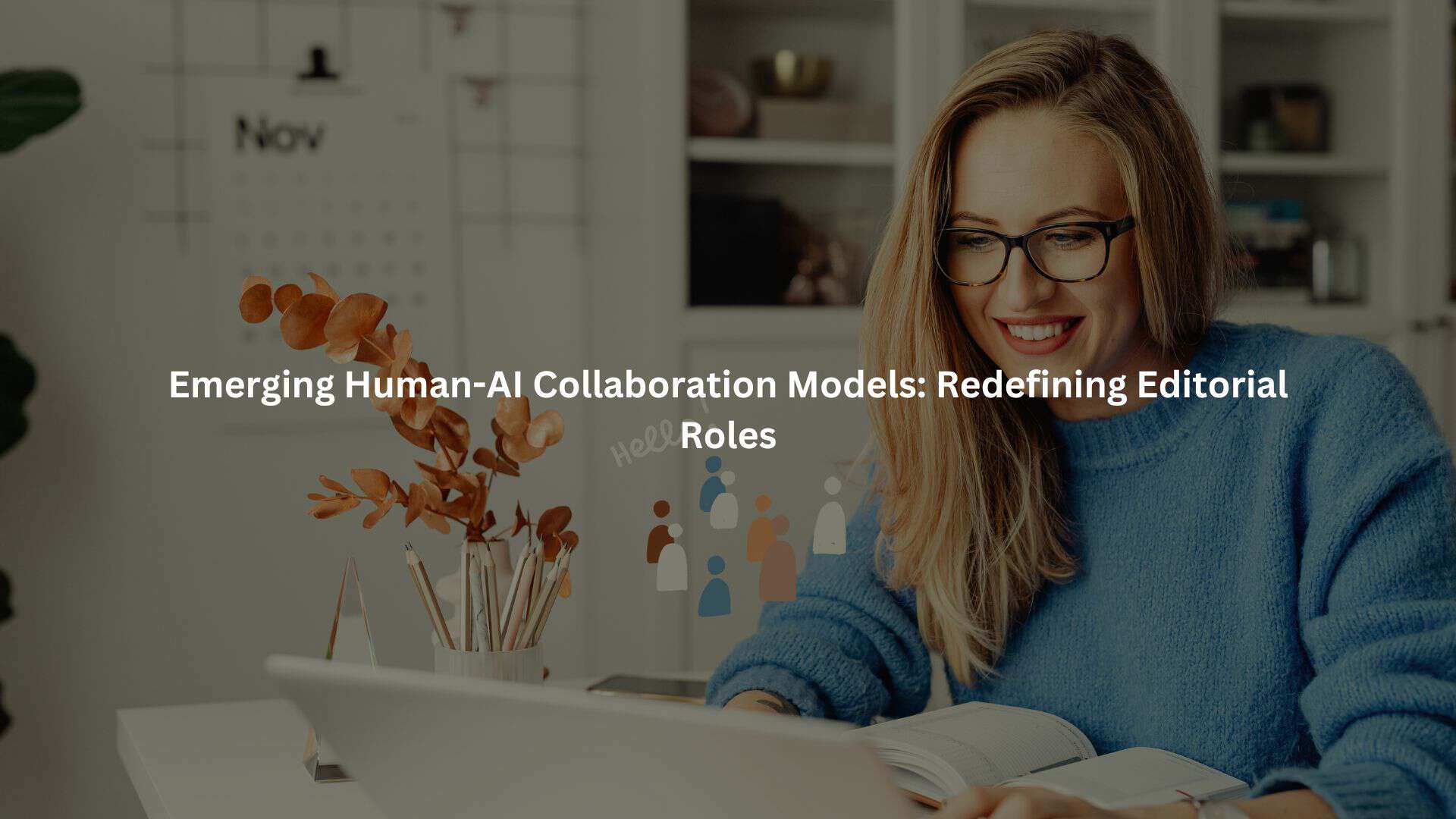
AI is not a replacement for human editors but a partner that amplifies their work. Strategic content planning increasingly relies on AI-driven data analysis to inform decisions.
Editors maintain oversight to ensure narrative consistency and ethical standards, shaping AI-generated drafts into polished final products. This symbiosis redefines editorial roles as coordinators and curators, even as they confront the challenges human AI editors face in adapting to evolving collaboration models.
At Jet Digital Pro, we’ve integrated these collaboration models deeply, allowing us to deliver scalable, high-quality content solutions that blend AI efficiency with human insight.
Enhancing Editorial Quality Through Human-AI Synergy
The true power of AI editing lies in synergy, combining the machine’s speed and consistency with human depth and sophistication.
Leveraging AI for Increased Productivity and Consistency
AI helps speed up draft generation and fact-checking, making workflows more efficient. It reduces repetitive errors by applying consistent style guidelines across content batches, which is critical for agencies managing large volumes.
At Jet Digital Pro, our 11-step human editing process builds on AI’s output, ensuring content is Google-resilient and authentic, not just algorithm-friendly.
Human Insight for Depth and Sophistication in Content
While AI can analyze data trends, only humans can infuse empathy and cultural context into storytelling. Editors bring creativity that transforms plain text into compelling narratives.
Balancing data-driven editorial decisions with intuition leads to richer, more engaging content that resonates with diverse audiences.
Ethical Governance in AI-Driven Editorial Processes
Are You a Digital Agency?
White Label SEO Content Services for Agencies
Scalable, customizable, and results-driven content solutions for your clients.
Monitoring AI for unintended biases and harmful content remains a top priority. Editors establish accountability frameworks that define how AI should be used responsibly.
Transparency in human-AI collaboration builds trust with clients and readers, showing that ethical standards guide content creation.
Future Trends in Human AI Editing Skills Development
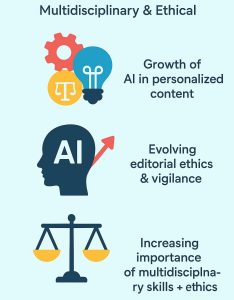
The future points to growing importance of multidisciplinary knowledge, where editors combine technical, creative, and ethical expertise.
AI’s role in personalized content creation will expand, requiring editors to adapt strategies accordingly.
Editorial ethics standards will continue evolving, demanding ongoing vigilance and refinement of best practices.
FAQ
How can human editors balance AI literacy with traditional editorial judgment when guiding AI-assisted writing?
Human editors must combine AI literacy with strong editorial judgment to shape AI-assisted writing into reliable work. This means understanding prompt engineering and AI tool proficiency while still applying human voice preservation and creativity in editing. Editors often use AI-assisted proofreading for efficiency but still need critical thinking, AI content bias detection, and content verification.
Fact-checking in AI and AI output validation remain non-negotiable. By blending AI communication skills with AI editing standards, editors create workflows where AI content refinement meets human editorial oversight. AI content context awareness and AI accuracy checking help prevent blind trust in machine output.
Editors also apply AI content tone adjustment and AI content personalization to maintain clarity, style, and ethical AI use. This balance creates an AI content editing workflow where AI creativity augmentation supports, but never replaces, human editorial decision-making.
What role does continuous learning AI play in improving AI content editing workflow for human-AI collaboration?
Continuous learning AI shapes how editors refine AI content editing workflow. Human editors must build AI adoption skills and AI data literacy to keep pace with new tools. AI-assisted research, AI-assisted idea generation, and AI workflow integration allow editors to manage both speed and depth in AI-assisted writing.
But learning doesn’t stop at tools. Editors need AI content ethics training to spot AI bias awareness issues and practice AI ethical sensitivity. AI model limitations require editors to develop AI editorial adaptability. They learn AI content bias mitigation and AI bias recognition while applying AI content summarization, AI content synthesis, and AI content rewriting for clarity. AI editing efficiency and AI content auditing improve with practice.
This continuous cycle of human creativity with AI, AI feedback incorporation, and AI content improvement shows how editors evolve. The process keeps AI content oversight sharp while reinforcing AI editorial collaboration.
Why is ethical AI use central to AI content integrity and AI editorial skills development?
Need a Strategic SEO Content Partner?
Let’s craft SEO content that ranks, converts, and grows your brand.
Talk to UsEthical AI use is the foundation of AI content integrity. Editors must apply AI ethical judgment and follow AI ethical guidelines while shaping AI content generation. Without strong AI content oversight and AI content quality control, there’s risk of spreading bias or error.
Editors rely on AI content diversity awareness and AI content contextualization skills to keep material fair and grounded. AI content ethics training ensures editors handle AI data interaction responsibly. Fact-checking in AI and AI-assisted fact validation remain key steps in AI-driven content analysis. Editors must also track AI content consistency across platforms and apply AI content moderation when needed.
Creativity in editing pairs with AI creativity infusion and AI creative editing, but always with ethical AI use in mind. AI content innovation, AI content customization, and AI content personalization skills succeed only when guided by human editorial judgment. This keeps AI editorial enhancements aligned with standards of fairness and truth.
How do editors use AI content optimization and AI content tone calibration to keep human creativity with AI alive?
Editors today rely on AI content optimization and AI content tone calibration to balance machine speed with human creativity. AI-assisted content planning, AI-assisted content review, and AI workflow automation help streamline tasks. Yet human editorial oversight ensures AI content innovation doesn’t drift from audience needs.
Editors use AI content personalization and AI content customization to adapt material while preserving human creativity with AI. AI-assisted content review combined with AI-assisted proofreading supports consistency. AI content improvement, AI content style guidance, and AI content tone adjustment shape readability. At the same time, AI editorial collaboration and AI-assisted content review allow for smoother editing cycles.
Editors practice AI-assisted content planning while blending AI content rewriting, AI content synthesis, and AI-assisted idea generation for freshness. Human editors refine AI-assisted writing by applying AI content bias recognition, AI content contextualization skills, and creativity in editing. This keeps AI creativity augmentation in service of authentic editorial decision-making.
Final Thoughts
The role of human AI editors is evolving, tools alone aren’t enough. Success comes from pairing AI efficiency with critical thinking, creativity, and ethical judgment.At Jet Digital Pro, we blend advanced AI with an 11-step human editing process, giving digital agencies scalable SEO content that connects and performs.
Stay ahead by embracing this balance of tech and human touch. Contact Jet Digital Pro to enhance your editorial workflow today.
References
- https://www.sciencedirect.com/science/article/pii/S2666920X24000262
- https://www.sciencedirect.com/science/article/pii/S2666659625000319
Related Articles
- https://jetdigitalpro.com/future-of-human-ai-content-editors/
- https://jetdigitalpro.com/skill-gap-for-human-ai-editors/
- https://jetdigitalpro.com/what-challenges-human-ai-editors-face/
P.S – Whenever you’re ready,
we’re here to help elevate your SEO content.
Partner with us for strategic, scalable content that drives real organic growth.
Contact Us Now

